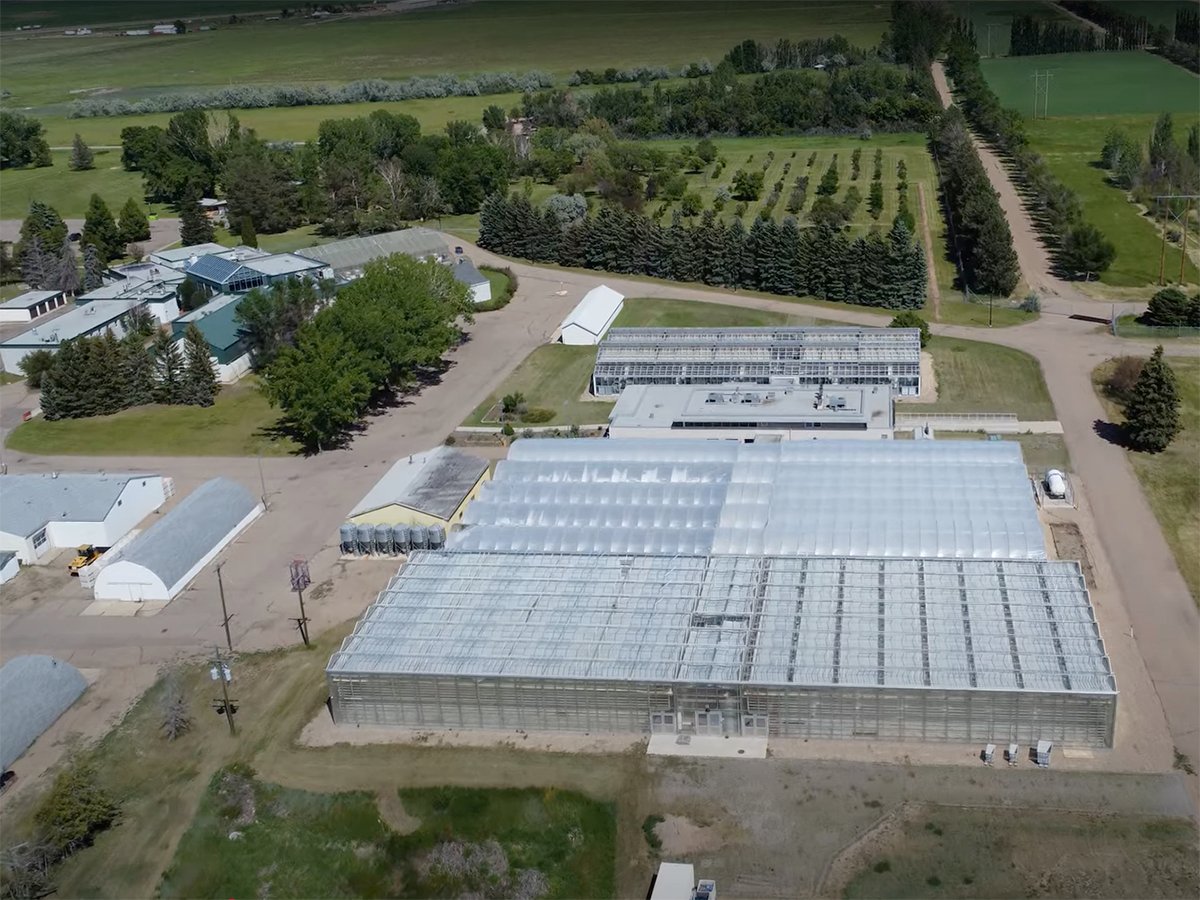Plans are essential to getting most projects done in an efficient manner, whether it be building a house or seeding a crop.
Plans must be updated as the project develops to account for changing circumstances.
Planning is easy when the tasks are immediate and concrete but become harder when the goal is long term, such as a five year farm management plan, where there will be many changing circumstances, often outside the control of the farmer.
Long-term farm planning is not an exact science, but it is an increasingly important activity.
Read Also

Alberta crop diversification centres receive funding
$5.2 million of provincial funding pumped into crop diversity research centres
In the daily list of seemingly urgent issues, it is easy to defer planning, but it shouldn’t be put off.
Introducing forms of management discipline can help a farmer maintain appropriate long-term planning focus.
Two examples that enhance discipline are:
Key performance metrics are another tool.
KPMs are similar to key performance indicators, but differ in that they refer solely to a set of financial metrics (ratios and benchmarks) used as a quantifiable measurement of business performance.
They can help a farm develop and manage a longer-term plan. The discipline comes from the fact that performance is measured, with results compared to established targets.
How the metrics are defined and measured rarely varies, but the values can change.
For example, return on equity can be a KPM. How it’s calculated does not change, but the actual value can – for example eight percent adjusted to 12 percent.
Setting KPMs requires an understanding of what can be achieved. They are more valuable if they are developed with upper and lower limits.
The limits, specific to the farm business, introduce context performance.
A third set of metrics, industry standard benchmarks, can also be used as a context in evaluating performance. The upper limit should compare to management- and ownership-desired performance.
For example, if we achieve these levels of financial performance over a specific period of time, we will realize our longer-term goals.
The lower limits identify minimum thresholds to be tolerated.
If these levels of poor financial performance are high, it should trigger discussion within the ownership and management group to determine corrective actions.














